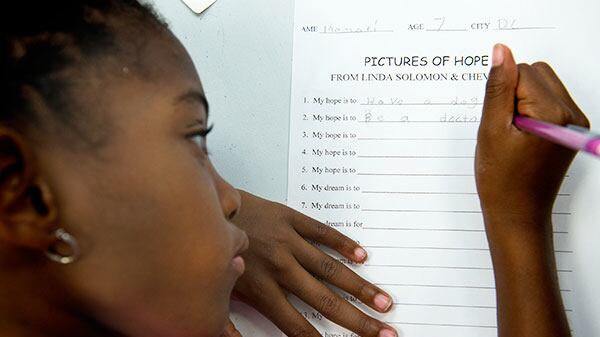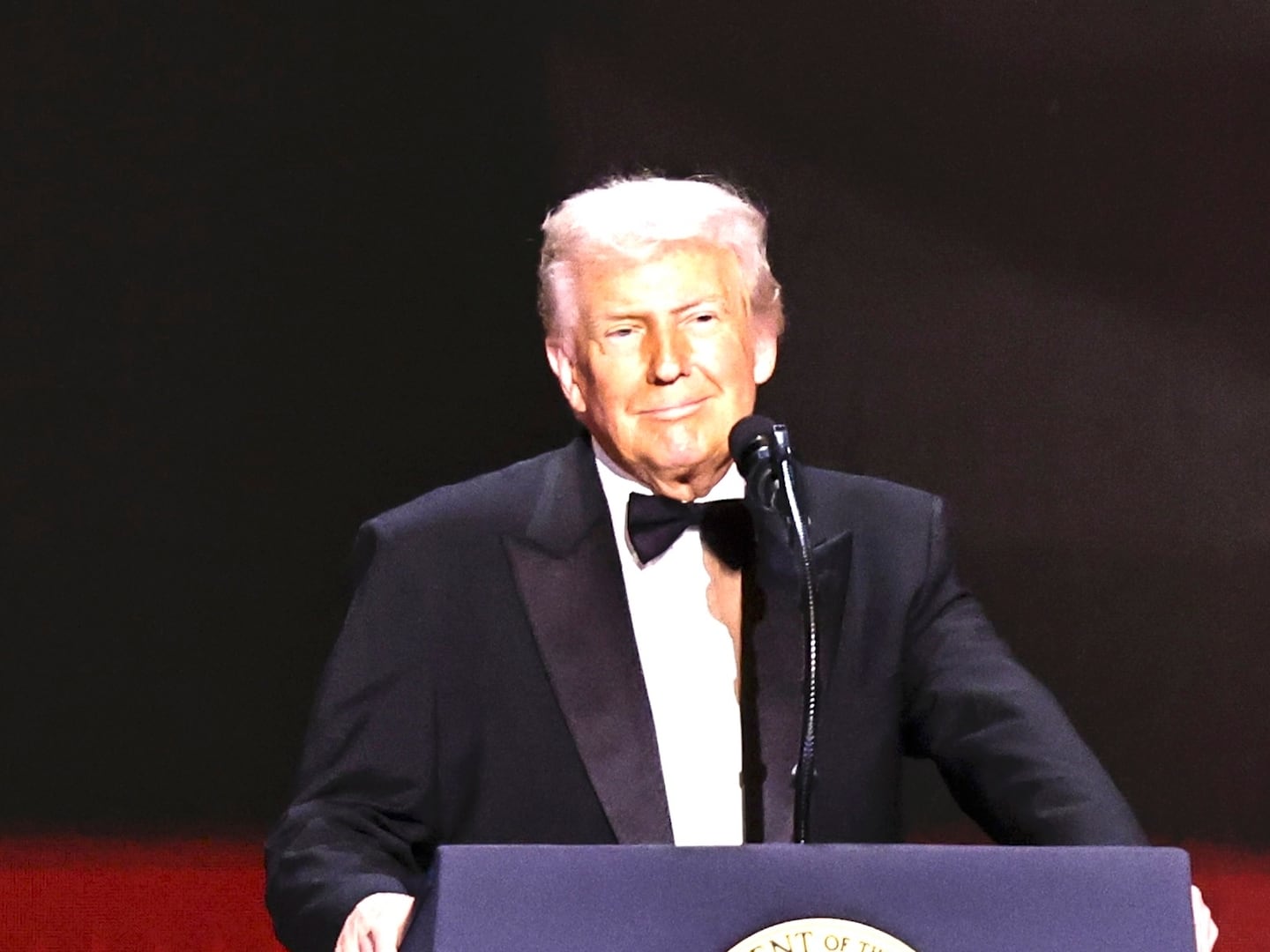A few weeks ago, the Southern Education Foundation published a brief showing that the growing gap between America’s rich and poor is on display more clearly than ever in American schools. This year, a majority of American public school students qualified as low-income.
This is an embarrassment. And it should be central to our national education conversations. But not everyone feels that way. According to an internal National Education Association (NEA) document recommending changes to the NEA’s public messaging, its teachers should steer clear of the word “inequality” altogether.
The document, titled “Persuading the People on Public Schools,” lists a series of educational and political buzzwords and offers euphemisms of varying degrees of synonymy. Instead of “inequality,” the NEA suggests “living in the right ZIP Code.”
This is odd: Those “right” ZIP Codes are usually full of families on the wealthy side of America’s growing inequality gap. How can we talk about ZIP Codes without discussing inequality? It’s also ironic, given the union’s usual resistance to school-choice policies (often involving charter schools) that would weaken links between high real-estate prices and access to quality schools.

The NEA also counsels against discussing “educational equity.” This is puzzling in a country where black and Latino children are more than four times as likely to attend high-poverty urban schools than their white peers. Four times! That’s the textbook definition of systemic inequality and systemic injustice. Yet the NEA recommends that members instead talk about being “committed to the success of every child.”
American education is plagued by inequity that mirrors the broader inequality of our society. Run that through the NEA’s translator document and you get something like: The NEA is committed to the success of every child, not just those living in the right ZIP Codes. Maybe that’s just potato/pot-ah-to, but it seems to me like the NEA’s version obscures both the depth of the injustice in our system and the urgency of improving how we treat the country’s least-privileged children.
What about the education reform movement—famous for its focus on (don’t say it!) educational equity? The NEA recommends replacing “education reform” with “education improvement” or “education excellence.” Of course, improving American education to the level of excellence might require some policy reform shifts. Even if we can’t say “reform,” the status quo isn’t good enough, right? How do we know which changes to make?
The NEA document has an answer. Should we use “research driven practices” and “measure what matters” using “meaningful, rigorous evaluations?” No—apparently we should “get serious about what works,” because “love of learning can’t be measured,” and “testing takes time from learning.” Should pre-K—12 schools be “effective learning environments” that prepare students to be “college and career ready?” No, says the NEA. Schools are “where childhood happens,” and students leave “equipped to succeed.”
There’s an enormous tension here. It would be nice if we knew what worked without testing for efficacy. It would be great if we could “get serious” and implement those effective things without periodically evaluating our progress. But that’s a bizarre strategy for crafting good policy. It is, however how we usually do education policymaking here in the United States. Our existing educational data systems are pretty weak, and Congress is exploring undermining those relatively modest efforts to get data on what works.
To be clear, there’s nothing wrong with the NEA having a communications strategy. Obviously the NEA needs to think strategically about how the place it occupies in public debates. It’s a political group, and it has every right—every obligation—to craft a message that serves its members’ interests above all.
But it’s important to keep that last bit in mind: Communications strategies are fundamentally about serving organizational interests. They obscure weaknesses and conceal embarrassments to massage public conversation to serve the organization. Any overlap between those objectives and the public’s interest is usually incidental at best.
The substance of an organization’s public-relations strategy can reveal a lot. Which gets to the real importance of the document. It’s a powerful piece of proof that the NEA is planning to be as confrontational as possible in the coming years. This has seemed likely for a while—and for a number of reasons: Its criticism of the Obama administration’s education reforms, controversies related to the Common Core State Standards, the rise of radical groups like the Badass Teachers Association, Eskelson García’s increasingly forceful rhetoric, and many more.
The document’s stated purpose is unambiguous: to “engage the base, persuade the middle, and alienate the opposition.” The document also notes that focus groups who heard the new messaging struggled with education policy’s “complex chatter [so] we must draw clear distinctions between what we believe and what our opponents contend.”
This is an old strategy that harkens back to Barry Goldwater’s 1964 campaign promise to offer Republican voters “a choice, not an echo.” All political candidates and political movements periodically face a choice between moderating their positions to broaden their public appeal or entrenching their positions to, well, “draw clear distinctions” from their opponents. That latter strategy—the strategy outlined in the NEA document—is what drives things like Grover Norquist’s anti-tax pledge and Tea Party-fueled primary challenges against insufficiently conservative members of Congress. All of these aim at distinguishing committed political actors from those who are Republicans or anti-education-reform “in name only.”
So as the 2016 noise ramps up this year, expect the NEA and its ideological fellow travelers to burn more bridges than they build. Will it work? Well, the NEA (along with the American Federation of Teachers) experimented with this strategy in the 2014 midterms—which were something of a disaster.
So what does it mean when a major education organization would rather not discuss inequality, equity, research, or effectiveness in 2015? It means that the organization wants to muddy public education debates and resist changes to the status quo. Which, to my mind, is unlikely to lead to “educational improvement” for anyone.
UPDATE: This piece originally included discussion of an article from The Nation covering Teach For America's public relations strategy. This discussion conflated The Nation's piece with the public discussion of that piece, and has been removed.






